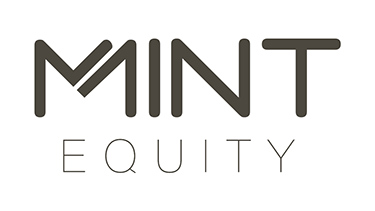The end of financial year (EOFY) is the most important time for your small business. It is when you can learn how your business is doing, and if it’s ripe for growth, stabilising or retraction. The four elements that are essential to ensuring the future of your business are its financial records, reviewing, researching, and planning. By working with an EOFY checklist, your business can prosper.
Bookkeeping
Whether you have an accountant to do your tax declaration or you do it yourself, the information this process elicits is not only important for the Australian Taxation Office (ATO), but it is imperative to the health of your business. The three essential pieces of information are:
- Balance sheet: This form details the business’ assets (property and equipment), liabilities (wages, loans, insurances etc.), and its equity (contribution + retained earnings – accumulated losses).
- Profit & loss statement: A record of the revenue (income) and expenses (running costs; wages, insurances, loans etc.)
- Cashflow statement: Shows where the money is going to, the decreases in revenue, and the increases.
This information gives an overview of the business’ financial standing throughout the year.
As a small business owner you may also need to consider distributing the profit or dividends to the owners. If you are the sole (or majority) revenue generator for the business, you may need to meet ATO requirements by withdrawing the profit from the business each year.
Always talk to your accountant to ensure you meet the ATO requirements.
Review
Now the information gathered from the records and statements needs to be reviewed and analysed. This will identify areas your small business needs to improve in and where it is thriving.
- Income: By assessing how much money is coming into your business you can indicate whether certain times of the year income decreases or increases. This allows you to look at ways to improve - and compensate - for any trends you identify.
- Expenses: Knowing what money your business pays out and when is invaluable. This makes it possible to pinpoint items, and times, of larger layouts. Now is the time to get rid of any expenses that you don’t need in the next financial year like outdated software subscriptions.
- Cashflow: Having a knowledge of your business’ cashflow can help ensure that money is available when it is needed. Knowing when large outlays will occur can allow you to be prepared.
The reviewing of the balance sheet, income statement, and cashflow statement will have pinpointed the issues that need following up on.
Research
So, now that you know the issues your small business may be facing, it's time to do some research:
- Insurance: Doing some research on insurance policies can produce better deals, saving you money.
- Finance: Business loan repayments can be minimised by comparing companies and analysing rates and terms. It’s best to work with an experienced mortgage broker like Mint Equity who can consider both your personal and business needs to ensure you get the lowest interest rate.
- Business structure: Different business structures (sole proprietors, companies etc.) allow for different tax breaks. Seek professional advice and find out how your business could benefit.
Keeping expenses to the minimum will improve your business’ equity.
Set goals
Armed with the data and research it is time to look ahead and plan next year’s goals.
- Achievable: Make sure your goals are achievable. Do not overestimate your business’ capabilities and outgrow your cashflow.
- Business plan: Write down your plans and get good advice.
- Action: Get started.
So, follow this checklist and ensure this year’s EOFY is the start of something better for your small business.
If your looking to grow your business and could benefit from a business loan, contact the team at Mint Equity.


